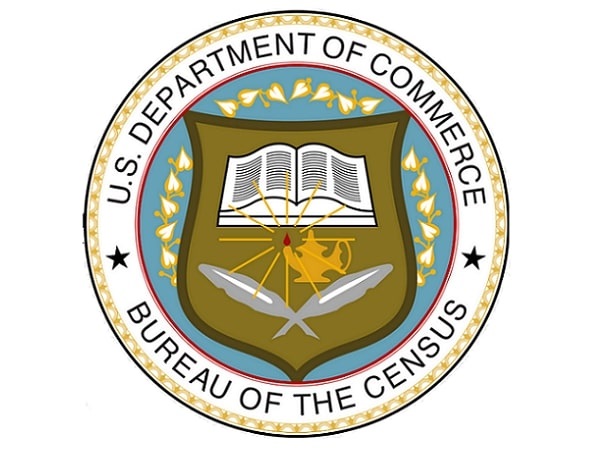Introduction: In this article, Gena Philibert-Ortega describes various ways to find your ancestor’s street address in 1950 – and explains why this will be helpful when the 1950 U.S. Census is released in April. Gena is a genealogist and author of the book “From the Family Kitchen.”
When the 1950 U.S. Census is released in April, you may need to know your ancestor’s street address. There are two reasons for this.
First, you might need it in order to browse the census by Enumeration District prior to the indexing of your ancestor’s state or territory. You can learn more about finding your ancestor’s Enumeration District and consult maps at Steve Morse’s free One-Step Webpages website. Also consult the article by Stephen P. Morse and Joel D. Weintraub on the One-Step Webpages website titled, Getting Ready for the 1950 Census: Searching with and without a Name Index.
The other reason a residential address can be helpful is that if you are researching a common name or an ancestor who shares a name with a relative or stranger, an address can help you determine that you are researching your relative and not someone else.
What’s the Address?
So, where is your ancestor’s street address? First let’s consider street addresses by themselves before we look at records that contain an address. In 1950, not everyone had a street address. They may have lived on a rural route. They may not be living in a private home; remember, your ancestor could have been in an institution on census day, including a hospital or jail. They may have been staying in a hotel. Maybe they were serving in the military aboard a Navy ship. So, it is possible that there is no street address for them.
Finding an ancestor’s street address might be difficult. In my case, one branch of my family seemed to move every few years. They moved around a large southern California county, sometimes only a few streets away from their previous address, which can make it near impossible to find them. On my other side of the family, they didn’t have a street address.
However, they lived in a small town – so finding them on maps for the Enumeration Districts that include their city might not be too difficult.
What genealogy-relevant records provide a street address? Here’s a partial list:
- City Directories
- Phone Books
- Farm Directories
- 1940 U.S. Census
- WWII Draft Records
- Florida or South Dakota 1945 State Census (available on FamilySearch)
- Tax Records
- Land Records
- Vital Records
- Voter Records
- Social Security Applications
- Newspapers
Where Can You Find an Address in the Newspaper?
We are accustomed to searching for a name in the newspaper, but there can be street addresses with those names. Obviously, not all newspaper articles include a street address, but quite a few do. Here are a few examples of newspaper articles from 1949-1950 that include a street address.
Recipe Contests
Surprisingly, one of the newspaper articles you might find with a street address is for those women who won newspaper recipe contests. You not only get their recipe but their street address, and sometimes a photo. In this example of an article announcing a recipe contest, the “housewife-readers” who were judges are pictured and listed by name and address.
Classifieds
All kinds of classified ads, including those where someone is selling something, have a street address. The problem is that the name might not appear. However, if you think you know the address, it might be worth it to search the newspaper by the address instead of a name and see what you might find.
Arrest Reports
We always hope to see our ancestors in newspaper articles that tout how wonderful they are, but sometimes we find out that they had their foibles. Published arrest reports might include a name, street address, and offense. Make sure to search for subsequent newspaper articles that might detail a court case.
Obituaries and Death Notices
Sometimes a death notice will include a street address. The same is true of other articles that might report on a death, such as a report of an accident that resulted in a person’s death. Make sure to review obituaries for family members who died in 1949-1950 for a possible mention of an address.
Street Addresses Are Everywhere in the Newspaper
What I love about newspaper research is that you never know what you’ll find. All kinds of articles – obituaries, divorce notices, arrest reports, various contests, classified ads – might contain a street address.
What Was Their Address?
Are you preparing for the release of the 1950 U.S. Census in April? One way to do that is to find the street addresses for your 1950s-era family. All kinds of genealogical records provide a street address, and it’s especially helpful if you can search an online collection of newspapers, such as GenealogyBank’s Historical Newspaper Archives.
